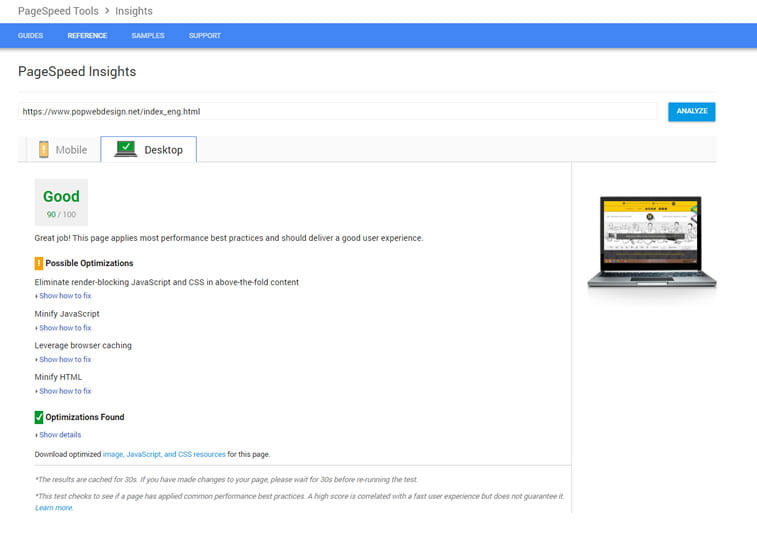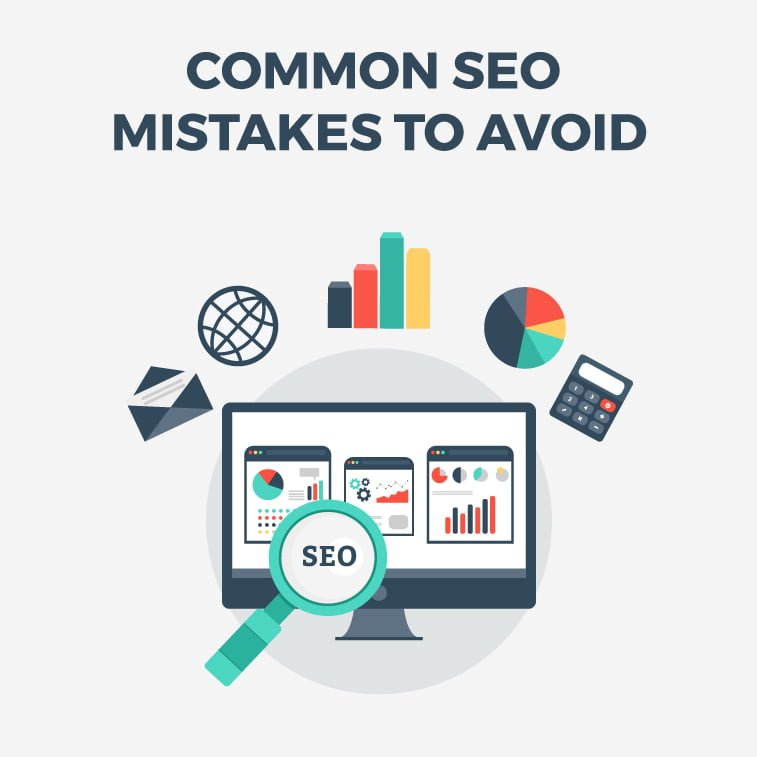Many websites – old and new – are full of SEO mistakes. When website owners come to ask you for an advice on how to optimize their website and improve their ranking in the SERP, the first thing to do is to conduct an audit and see what ’mistakes’ there are.
We have gathered here a list of five most prevalent mistakes websites usually make, with tips on how to improve and/or avoid them in the future. Of course, this list may be infinite since every website is different from another, but we would still like to give you an overview of the most problematic areas our SEO consultants face every day.
Frequent SEO Mistakes:
1. Wrong keywords
The most common mistake website owners make in terms of SEO is to try to rank for the ’wrong’ keywords. By ’wrong’ here we mean too general, which in return may be too burdensome to achieve good results on a global market.
So, for example, if you want the website to rank for generic keywords (such as ’T-shirts’) in USA or Canada, your endeavor might be in vain because of a hard competition, so you may end up on the 20th page of Google. Instead, try to be specific and make the keyword a bit longer (making it a key phrase or long-tail), such as ‘women’s T-shirts santa monica’ or something similar.
If there is a need for such term and people actually search for it, the right people will come to your webshop (for example, your neighbors) and buy your products. Just make sure to optimize every page for the right keyword and remember: one page = one keyword.
2. No Content
Keywords go hand-in-hand with the text that surrounds them. Linguists call it ‘context’, SEOs call it ‘website content’. Basically, the only thing your users are going to interact with is the writings of the web page they visit. If your website copy is not strong, their query will not be answered and they will hit the X button and leave your site.
Providing value to the end-user is what Google advised us for more than twenty years now. ‘Content is king,’ and these words are now truer more than ever. We strongly advise you to start optimizing your content early by trying to walk in your potential buyers’ shoes: think of what they would search for and then write content that would be useful to them. Answering their problems is the key.
Content writing is not only the job of content writers or copywriters but also website developers, which is why Google wrote this useful Developer documentation style guide.
You can also use Google’s Keyword Planner to help you get ideas of what people are searching for, around which you can write your optimized content.
3. No CTA
If you are missing a punch-line in your content, all endeavors will be lost. When you draw visitors to your site, and try to answer their questions, and then they leave – you should ask yourself what you have done wrong. If you are missing a call-to-action (CTA), then your visitors will not know what to do so they will most probably leave. CTAs are usually buttons which open a form or link to a contact page where your visitors can either order the product/service or contact you in some other way.
When designing CTA buttons, make sure the design is optimized, and that the button is visible and screaming to be pushed. Only buttons which stand out from the design draw people to you.
4. Slow loading time
Page speed is one of the most frequent mistakes websites make. To check this, Google gave us an excellent tool called PageSpeed Insights we use every day. Usually, the tool checks things like minified CSS, landing page redirects, compression, image optimization, server response time, minifying JS, browser caching, etc.

Extra tip: Another great tool you can use is Google’s Mobile-friendly Test, which will come into the spotlight in 2018. Namely, Google announced that as of next year, it will include mobile-friendliness in the SERP, which will generally make an impact on website rankings.
5. No Outbound links
And the last, but not the least, is not using the power of links which bring traffic to your website. Today, many people forget about social networks, such as Facebook or Twitter, which can bring a lot of quality traffic to your website. It is extremely important to start thinking of Social Media Marketing as your next tool of getting outbound links. So, the next time you post something on Facebook, include a link to your website!
To wrap things up, these are optimization mistakes we see every day. If you have anything to add or think we should change something, feel free to leave your comment below.





